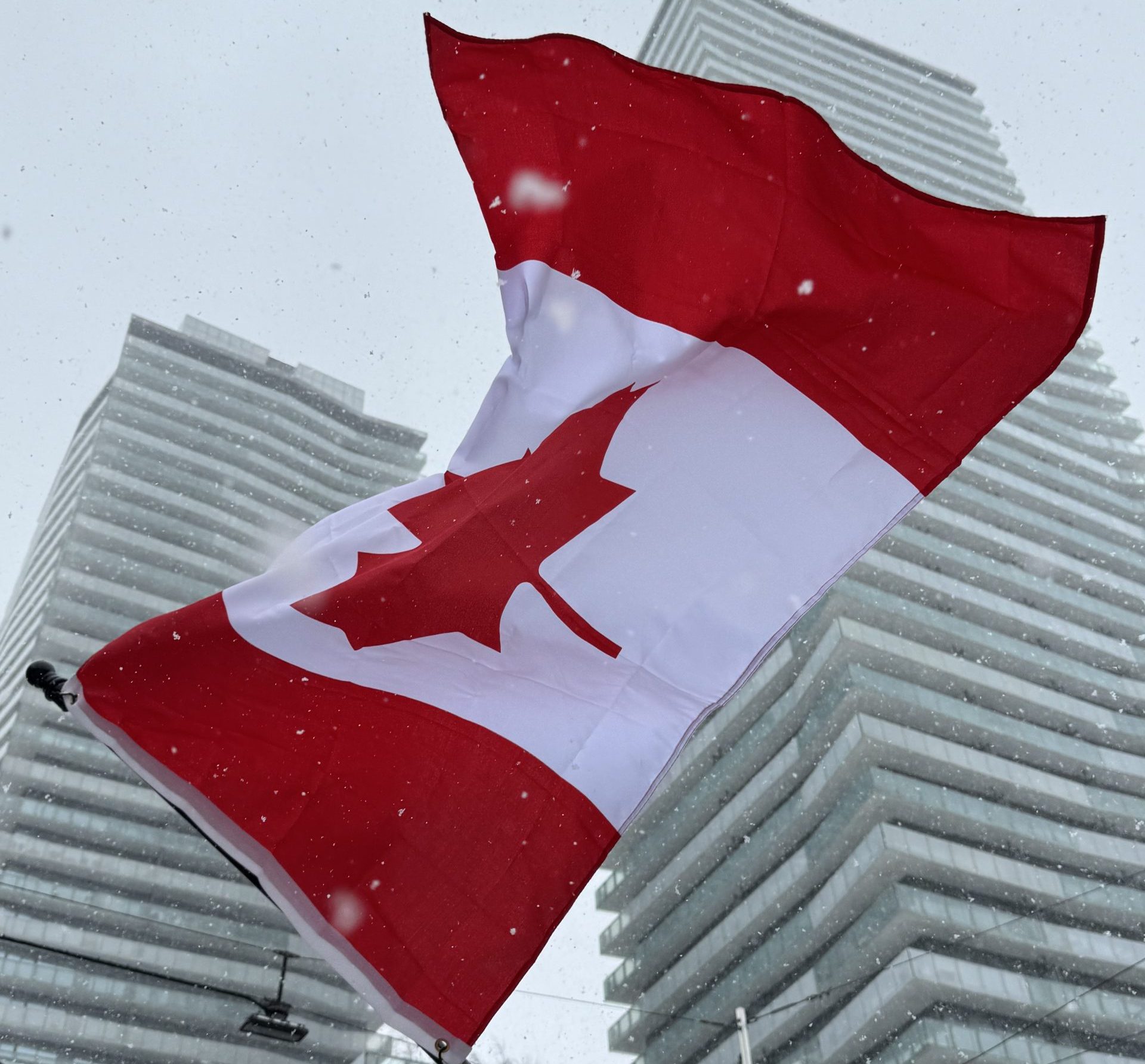
When Donald Trump’s Liberation Day tariffs took effect on April 2, 2025 — a 10% baseline levy on all imports and 25% on foreign autos and parts — the immediate backlash was swift. Canadian Prime Minister Mark Carney pledged retaliatory tariffs on $20 billion of U.S. goods, including dairy and machinery, while Ontario Premier Doug Ford threatened electricity surcharges for northern U.S. states. Yet, beneath the political theatrics lies a stark reality: Canada’s economic evolution, once a gradual policy ambition, has become an urgent necessity.
Trump’s latest measures expand existing tariffs on steel, aluminum and semiconductors while targeting nations importing Venezuelan oil. The 25% auto tariff, effective immediately, compounds pressure on Canadian manufacturers already reeling from March’s steel levies. For businesses, the math is brutal: supply chain disruptions, inflated input costs and reduced access to the U.S. market — still the destination for 75% of Canadian exports.
Yet, as in 2023, Canada’s response has been twofold: retaliate and reorient. Ottawa’s countermeasures signal resolve, but the strategic shift lies in accelerating trade diversification. The Comprehensive and Progressive Agreement for Trans-Pacific Partnership (CPTPP), which boosted exports to Japan by 8.9%, now serves as a blueprint for reducing dependency on the U.S. Meanwhile, the Canada-EU trade agreement gains renewed importance as tariffs amplify the cost of transborder commerce.
Today, alternative financing is no longer optional. The private credit market, worth $1.6 trillion, provides lifelines through instruments like standby letters of credit (SBLC) and structured trade finance.
One Quebec-based auto parts supplier, facing a 25% tariff on U.S.-bound transmissions, leveraged SBLC-backed financing to secure partnerships in Vietnam and Germany, sidestepping Trump’s levies. This mirrors a broader trend: 63% of Canadian exporters are now prioritizing non-U.S. markets, up from 41% in 2023.
No safe harbours
Diversification is fraught with challenges. Europe’s fragmented regulations and Asia’s geopolitical tensions — like China’s economic slowdown — demand nimble risk management. Moreover, retaliatory tariffs risk a spiral. Trump’s threat of 50% duties on Canadian steel (up from 25%) could erase $3.2 billion in annual trade.
Yet, the alternative — maintaining overreliance on the U.S. — is riskier. TD Economics estimates that a 20% universal U.S. tariff would slash Canada’s GDP by 1.3%, costing 80,000 jobs. In contrast, CPTPP markets grew 4.1% in 2024, offering tangible offsets.
Trump’s tariffs are a clarion call. Companies clinging to continental trade face stagnation; those embracing financial innovation and global partnerships will thrive. Structured finance tools, from supply chain-linked loans to currency-hedged SBLCs, enable businesses to navigate tariffs while funding overseas expansion.
Canada’s economy is at an inflection point. The pain of Liberation Day is real — but so is the opportunity. By leveraging alternative capital and multilateral trade frameworks, Canadian businesses can transform Trump’s protectionism into a catalyst for resilience. The question isn’t whether to adapt, but how swiftly.
In a world where U.S. policy shifts like the wind, diversification isn’t just strategy — it’s survival. The time for half-measures is over.
Taimour Zaman is founder of AltFunds Global, advising firms on structured trade finance and cross-border capital strategies. He is the author of multiple books on business and finance.